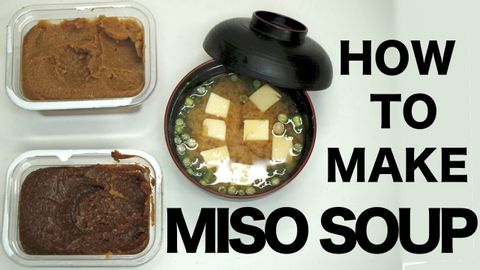如何製作味噌湯 (How To Make Miso Soup)
Summer 發佈於 2020 年 10 月 15 日  沒有此條件下的單字
沒有此條件下的單字US /ˈkɑnstəntlɪ/
・
UK /ˈkɒnstəntli/
US /ˈbesɪkəli,-kli/
・
UK /ˈbeɪsɪkli/
US /'kaɪndə/
・
UK /'kaɪndə/
US /ˈtɛkstʃɚ/
・
UK /ˈtekstʃə(r)/
- n. (c./u.)(文藝作品等的)組織;結構;紋理:質感:質地
- v.t.使...具有粗糙或浮凸的紋理
